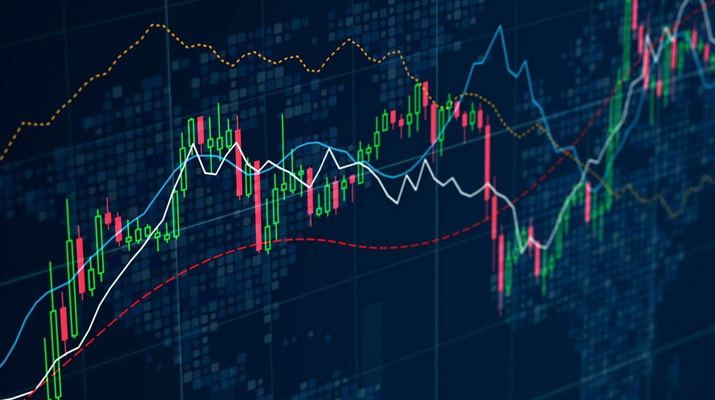Whichever market you trade on--stocks or futures, or forex--every second that markets are open and provide the chance to trade. However, not every second offers an opportunity to trade with high probability. In a sea of endless possibilities, put every trade you're considering through a five-step process to ensure you only make trades that align with your trading plan and provide a decent profit depending on your risk will require some time to master the test before you get comfortable with it. It will take only a few seconds to check whether your trade has passed the test, indicating whether it is a good idea to trade or not.
Trade Setup
The setup is the fundamental prerequisites that need to be met to even think about a trade. For instance, if you're a trader who follows trends, the need for a trend to be in place. Your trading plan should state what a trend can be traded (for your action plan). This will allow you to not trade in the absence of a trend. Consider "setup" as your reason to trade. The stock price is moving upwards overall, as shown by the more highs and lows in the swing, and the price is higher than the 200-day moving mean. The setup for your trade could be different, but you must ensure that the conditions favor the strategy being used.
Trade Trigger
If your motivation for trading is clear, but you require an exact moment that indicates when is the right time to trade. The price was trading in an upward trend throughout the time; however, certain moments within the uptrend can offer more opportunities for trading over others. Certain traders prefer to buy new highs after prices have ranged or were retracted. In this scenario, an event that triggers a trade might occur when the price rises above the $122 resistance level in August.
Some traders prefer to purchase during a pullback. When the price declines to the $115 level, Wait to see if the price creates a bullish swirling pattern or to condense for a few price bars before breaking over the consolidation. Both are specific instances that distinguish trading opportunities from the other price fluctuations (which you do not have a plan to prepare for).

Stop Loss
Achieving the appropriate conditions to enter and knowing the trigger of your trade isn't enough to create a successful trade. The trade risk should also be taken care of by placing a stop-loss or stop-loss order. There are many options to put a stop loss in place. For long-term trades, the stop loss is typically placed just a little below a swing low that has recently occurred, and for a short trade, just a bit above a high of a recent swing. Another option is "The Average True Value stopping loss. It involves placing the stop loss order at a specific distance from the price of entry based on the fluctuations.
Price Target
It is now clear that the conditions are favorable for trading and which direction the start point, as well as the stop loss, take place. The next step is to consider the profit potential. The profit goal is based on something tangible and not simply a random choice. Chart patterns, for instance, can provide targets according to the patterns' dimensions. Trend channels highlight which price points tend to change direction; for instance, if you buy close to the lowest point of the channel, place a price target close to the very top.
Set your profit goals and determine where they are based on the market trends you're trading. Trailing stops may be used to end profitable trades. If you are using an underlying stop loss, you don't know the earnings potential prior. It's okay because a trailing stop loss permits you to profit out of the markets in a planned (not random) way.

Reward-to-Risk
Make trades only when the profit potential exceeds 1.5 times the risk. For instance, a loss of $100, if the price is at the stop loss, means you'll make 150 or more if the price target is achieved. If you are using a trailing underlying stop loss, it is impossible to determine the risk-reward ratio for the trade. When considering an investment, you must consider whether the potential for profit is likely to surpass the risk. If the possibility of profit is comparable to or less than the risk, you should avoid the trade. You could have done all the work to find out that you shouldn't do the risk. Beware of bad trades. It's just as crucial to the success of your business as taking part in positive trades.









